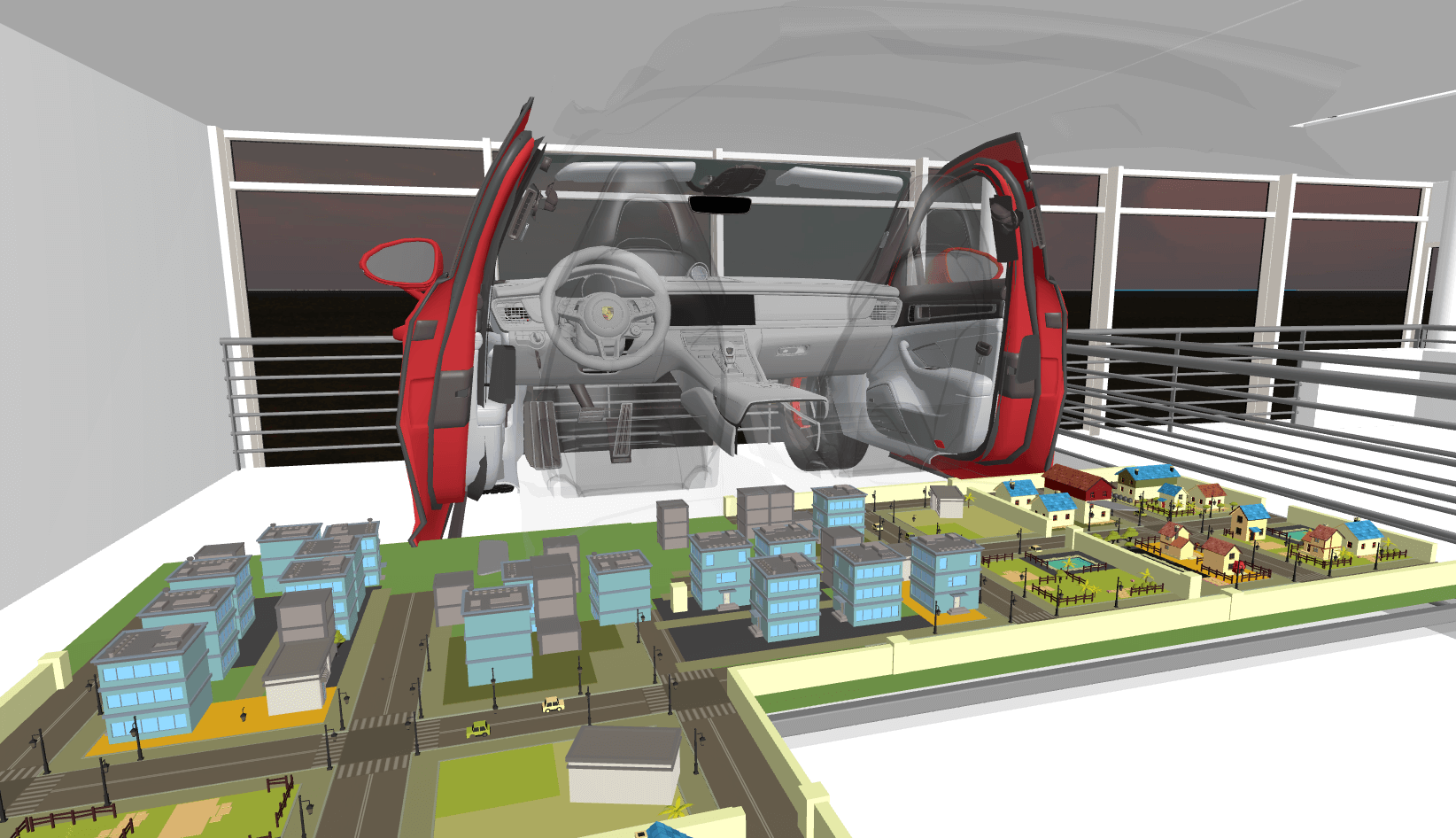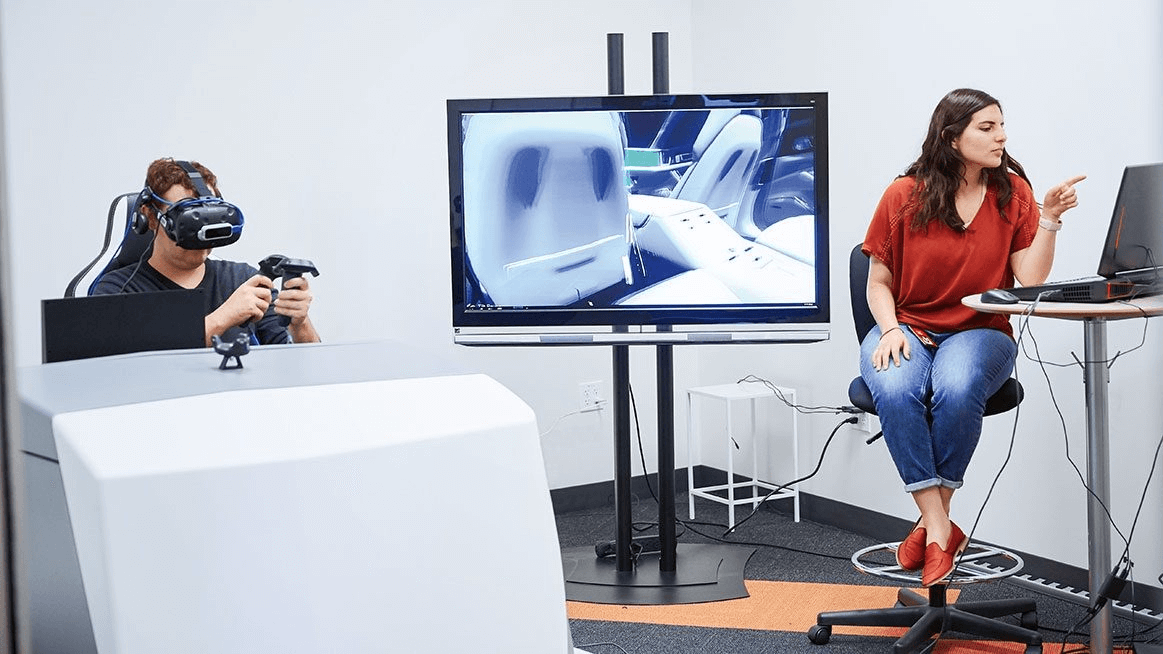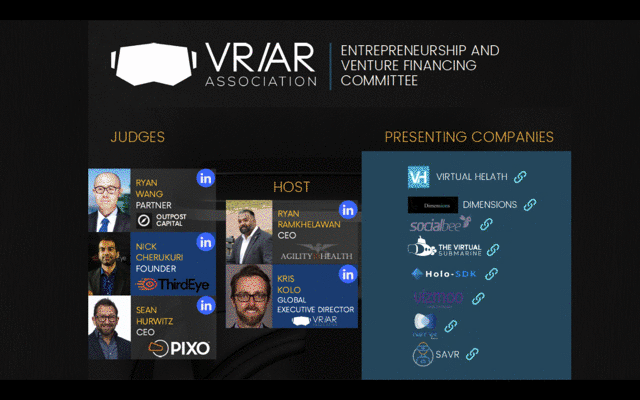By Tom Brannen
In the first installment, I discussed how people use virtual reality (VR) for collaboration and how it differs from existing traditional technologies. In this final segment, I'll address how augmented reality (AR) is expected to be more transformative than virtual reality (VR). But first, I’d like to preface with a quote from Apple CEO, Tim Cook:
"I regard [AR] as a big idea, like the smartphone. The smartphone is for everyone, we don't have to think the iPhone is about a certain demographic, or country or vertical market: it's for everyone. I think AR is that big, it's huge. I get excited because of the things that could be done that could improve a lot of lives."
What is Augmented Reality?
With virtual reality (VR), users wear headsets that replace the physical world with a 3D computer-generated virtual world. Whereas with AR, users maintain a view of the physical world, with computer-generated data and graphics inserted into what they’re seeing. This perspective is typically accomplished with a smartphone’s camera view, an AR headset, or AR glasses.
As mentioned above by Mr. Cook, AR is indeed a big idea, so much so that it’s hard for us to imagine how it will change our world. Because AR has the potential to alter what we see, the changes are profound on many levels. For example, people walking down the street would all see different billboards. Family members could also see different art on the walls and watch separate video streams while sitting in the same room. Holograms in AR take us straight into science fiction, allowing for the closest thing to an in-person meeting we’ll ever get.
But what about the enterprise? How is AR changing the way we collaborate? To answer these questions, we’ll examine how people are using AR today with an eye on how this will change in the future.
AR – As We Know It Today
Today, the most widely used device for AR is the smartphone, and users access AR in two different ways. If you ever played Pokémon GO or donned a funny hat filter on Snapchat, you’ve experienced the smartphone version of augmented reality. The display shows whatever the camera is pointed at, augmented with information or graphics from the AR app.
One of the most widely-used consumer uses of AR today involves home renovations. My family and I recently replaced the flooring in our home, and thanks to AR, we were able to see how different floor colors would look with our walls and furniture. Furniture companies are using AR to allow prospective buyers an opportunity to see what distinct pieces would look like in their rooms. Additionally, fireworks maker TNT has an app that allows you to virtually preview different fireworks before buying, either in the store, on your desk, or in your backyard. All of these experiences are available using nothing more than a modern smartphone.
AR is also accessible via an AR headset, such as Microsoft’s HoloLens 2. The headset has transparent lenses that supplement your real-world view with data or graphics in a more realistic and hands-free experience. The HoloLens 2 also provides a feature Microsoft calls mixed reality, enabling interaction with virtual 3D models appearing in the real-world view.
Even at this early stage, we’ve already seen a game-changer for AR regarding remote service work. This area is exploding as companies recognize the enormous value in sending field workers to jobs equipped with AR devices to collaborate with remote specialists. The field technician broadcasts video of what they’re looking at, while remote specialists guide them through the work—annotating with diagrams and 3D animations of how they should get the job done inside their AR display. Reduced truck rolls and improved time to resolution will pay for a $3,500 headset (cost of HoloLens) quickly. Microsoft boasts a 40% reduction in travel time for Mercedes Benz, where local auto dealers are using AR to get remote assistance from engineers across the world.
There are many concrete benefits to this type of operational improvement, including increased customer and employee satisfaction, reduced expenses, and reduced carbon footprint. One of the reasons I find AR intriguing is that it can check all of these boxes with a single technology.
To go beyond the hype, I interviewed Nathan Pettyjohn, Commercial AR/VR Lead at Lenovo, to learn what the smart technology provider sees regarding real-world demand for AR. “We’ve reached a tipping point… about a year ago, our senior sales leaders started telling us that we are getting asked in every meeting what we can provide in terms of AR and VR,” Pettyjohn said. He also stated that the leadership at Lenovo considers this to be a significant part of its future. Lenovo has its own AR headset and partners with RealWear, a maker of head-mounted tablet computers for connected industrial workers.
The Presence of AR in Three to Five Years
It’s no secret that AR will see explosive growth in the next three to five years. Last year, Facebook announced ambitious plans to develop augmented reality glasses, and last week released its first foray into wearable tech through a collaboration with Ray-Ban. While not authentic AR glasses, this is the beginning of where Facebook is heading. Google has been experimenting with AR glasses for a decade. Consumers an industry watchers also expect Apple to make similar announcements, with authentic AR glasses rumored to release in the three to five-year time frame.
Industry insiders believe the first generation of consumer AR glasses will compare to the first generation of smartwatches. The glasses will have limited functionality and act as an extension of your smartphone. They will play notifications, provide visual cues for navigation, identify landmarks, etc. But this will change quickly, especially as AR converges with AI, cloud, and 5G.
What AR Will Look Like in Five Years and Beyond
At a high level, the long-term future of AR is easy to summarize—it changes everything. What started as a smartwatch substitute will grow into a smartphone replacement. With mature AR glasses, the need for a smartphone goes away.
From a collaboration perspective, the convergence of AR and virtual holograms will allow us to have more personal and intimate interactions with remote participants. As we ponder supporting a vast percentage of the remote workforce, this will become increasingly important. This area is one where AR and VR will converge, with remote users entering the digital twin of a meeting room in VR and seeing life-like avatars of the in-person attendees. In-person attendees will also see virtual holograms of remote attendees in their AR glasses. With enhanced quality and spatial audio, it might be hard to decipher who’s physically present in the room and who’s remote.
Tim Cook said that AR is a “big idea” like the smartphone. I disagree. I think it’s a much bigger idea than the smartphone and will be even more disruptive. AR can change what we see. In effect, AR can alter our reality to the degree where we can’t decipher between what’s real and what isn’t. AR devices can also potentially analyze everything we see. The privacy issues around AR are as mind-boggling as the technology. The winner of this “bigger than the smartphone” race could end up being the one users trust the most.










